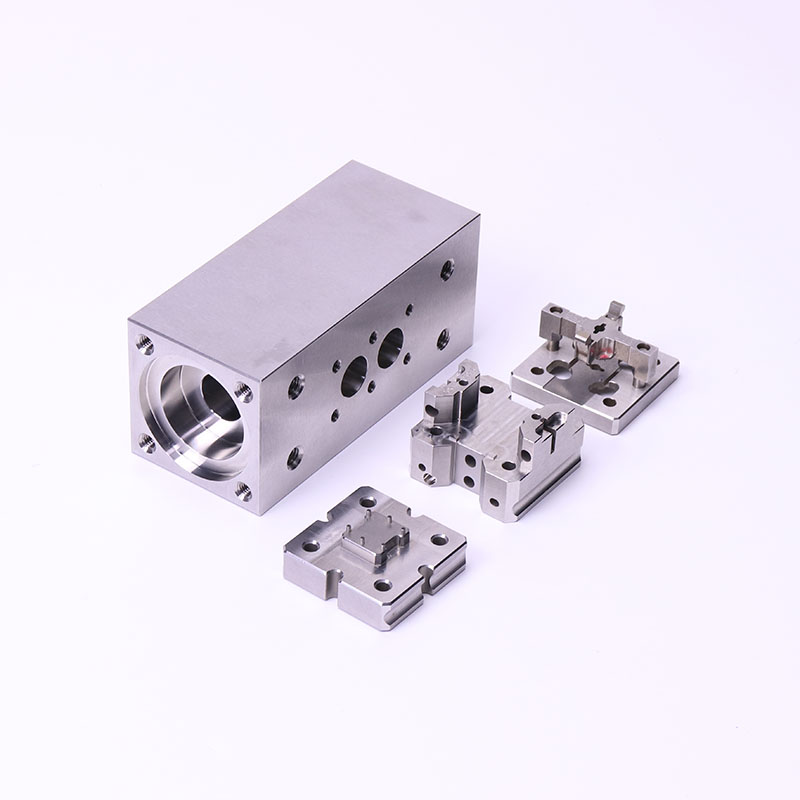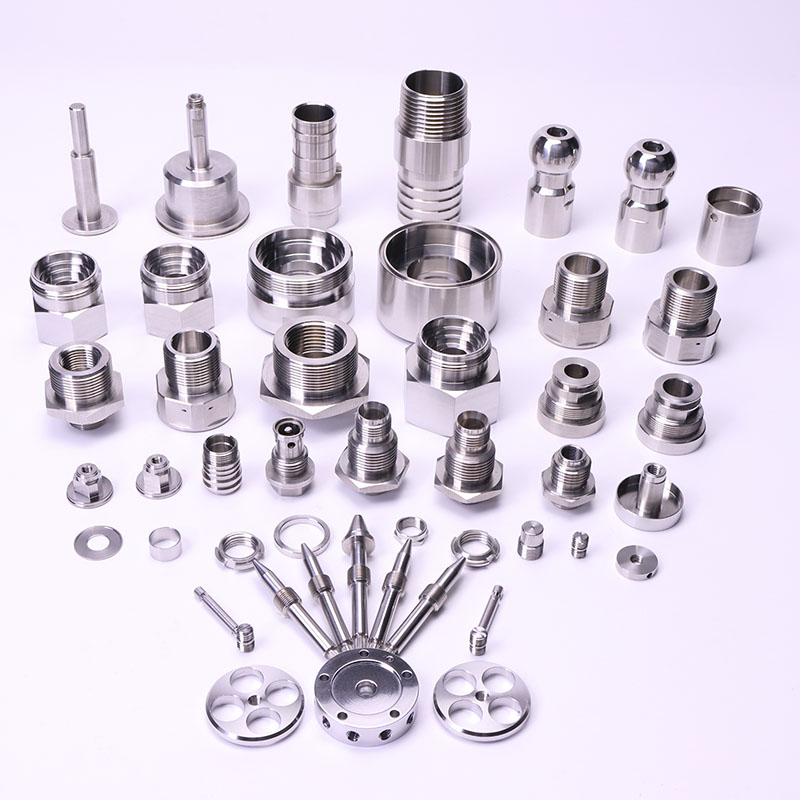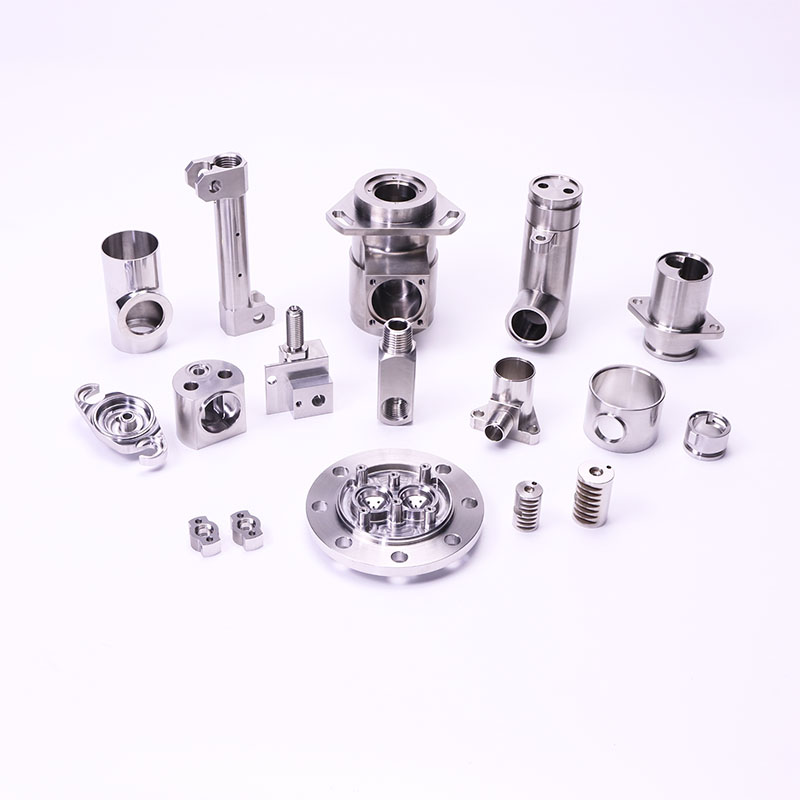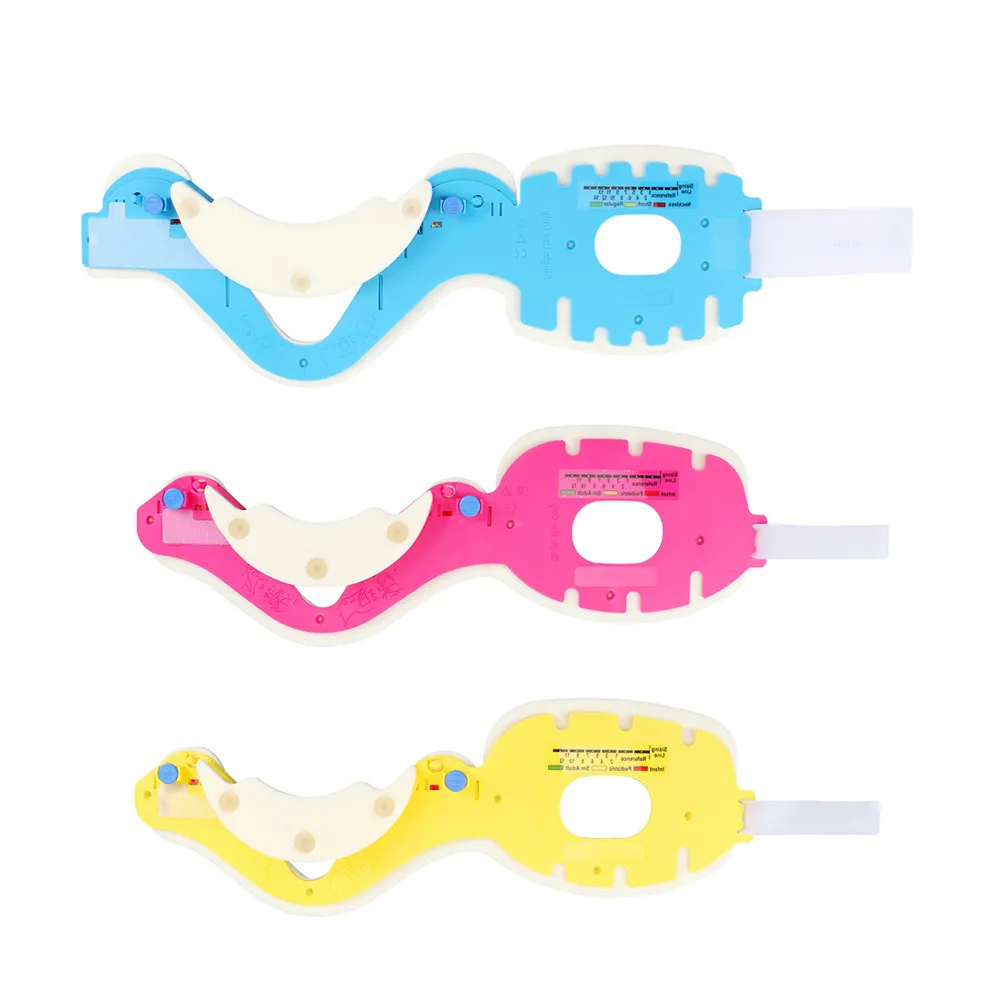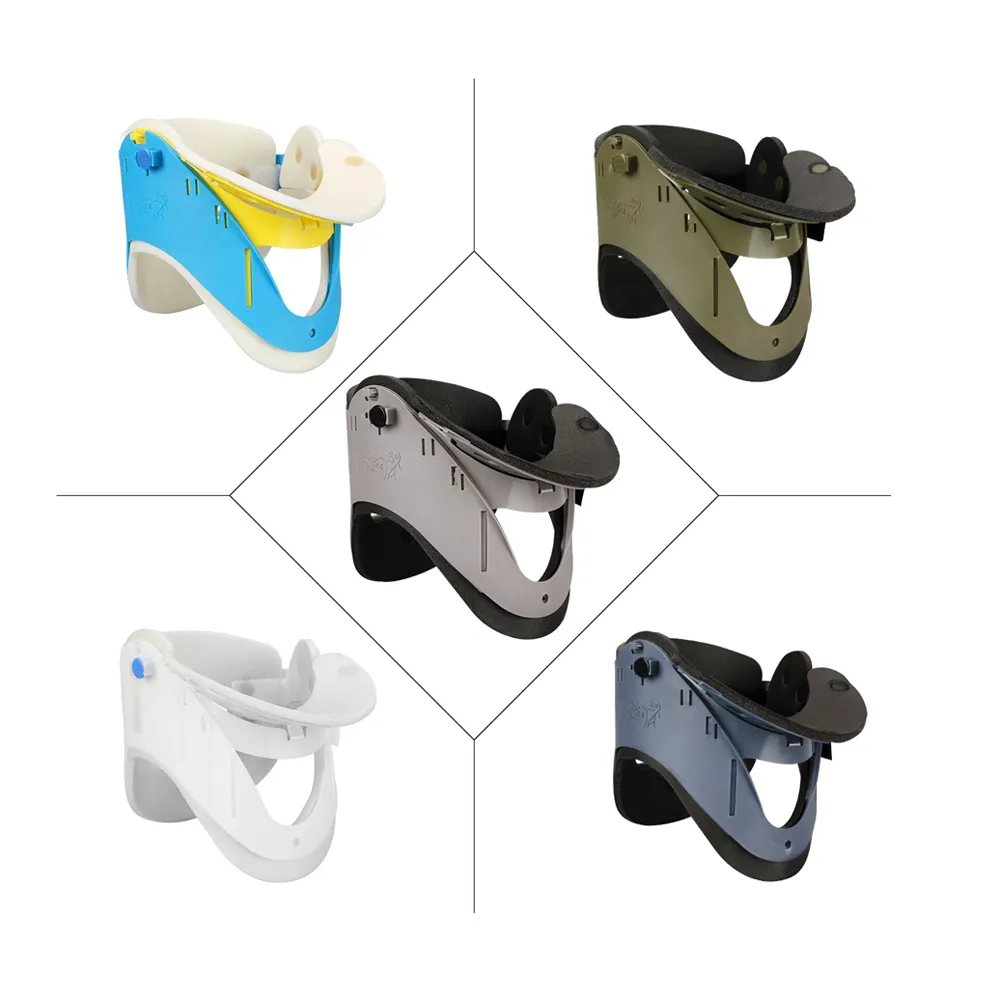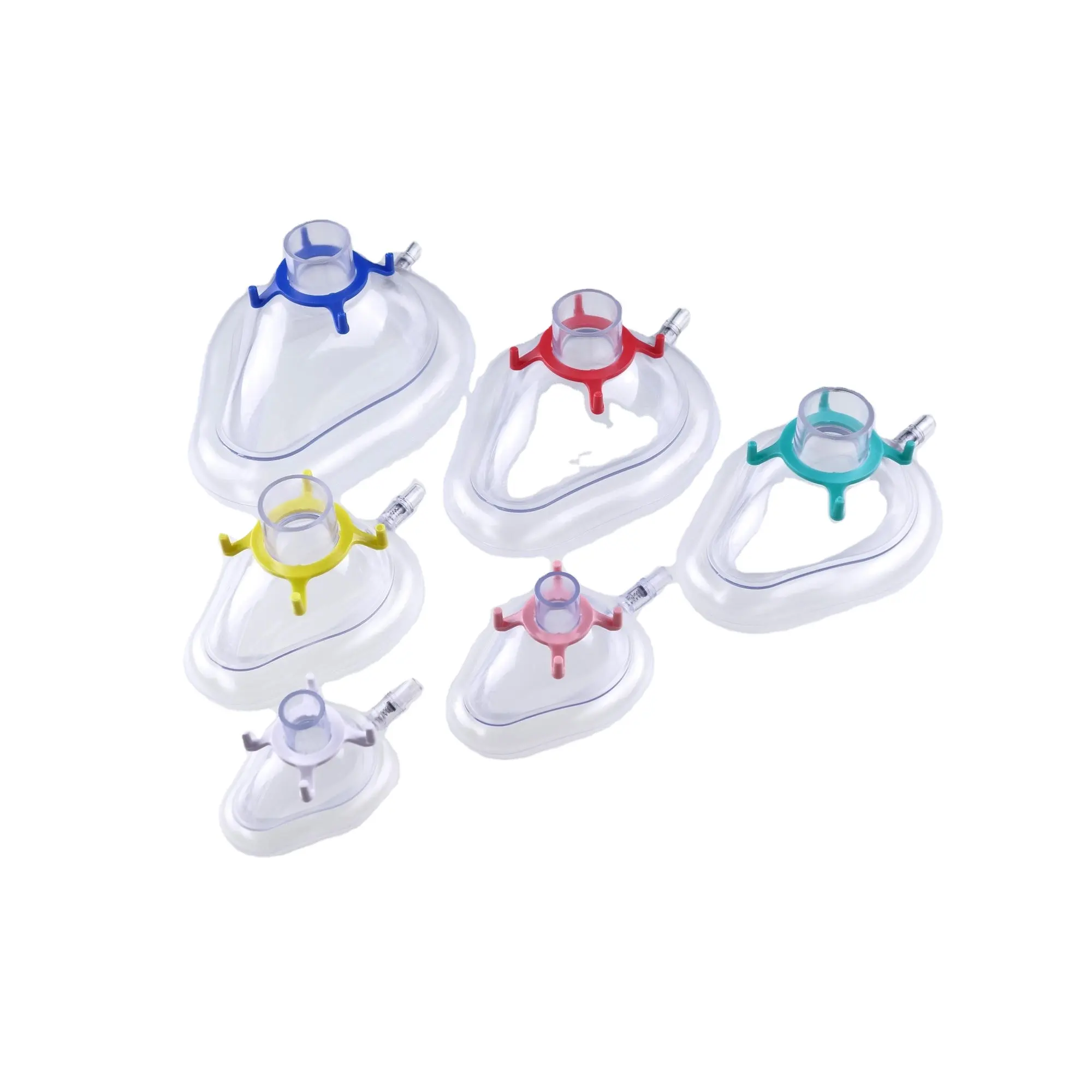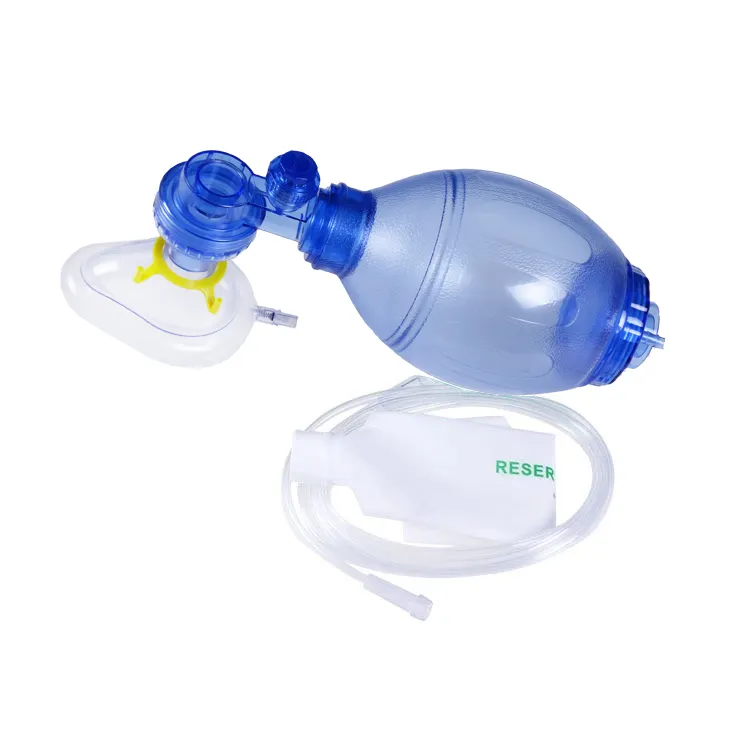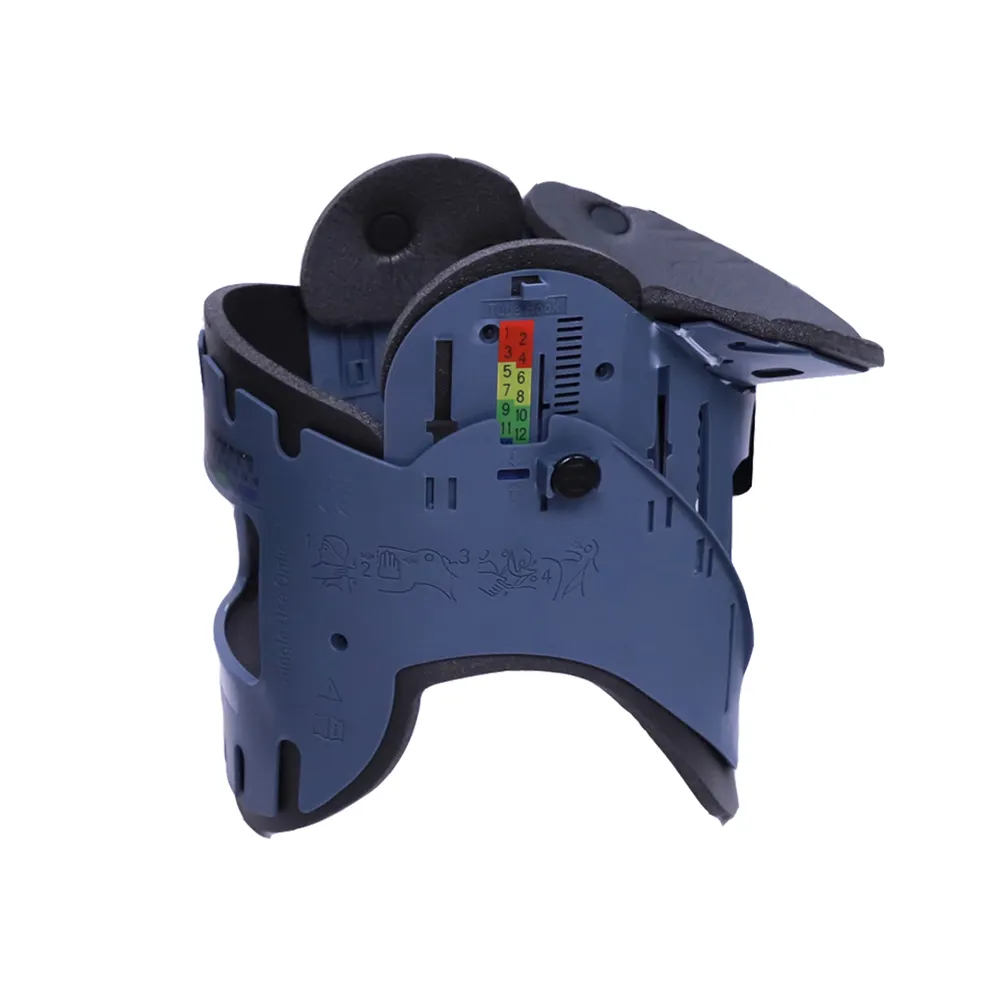Introduction
In the aerospace industry, precision and reliability are non-negotiable. From turbine blades to structural components, every part must meet exacting standards to ensure safety and efficiency. Aerospace CNC machining has emerged as the gold standard for producing these high-stakes components, combining cutting-edge technology with meticulous craftsmanship. This article explores why CNC machining is indispensable in aerospace manufacturing, how it addresses industry challenges, and its role in shaping the future of aviation.
1. The Fundamentals of Aerospace CNC Machining
1.1 What Sets Aerospace CNC Apart?
Aerospace CNC machining demands unparalleled precision, often achieving tolerances as tight as ±0.005mm . Unlike conventional machining, it involves complex geometries, multi-axis operations, and specialized tools to handle advanced materials like titanium alloys and nickel-based superalloys. For instance, the C919’s titanium alloy landing gear components require five-axis CNC machines to achieve optimal strength-to-weight ratios .
1.2 Core Processes in Aerospace CNC
Milling: Used for creating intricate shapes, such as aircraft wing ribs and engine casings. High-speed spindles and coolant systems minimize heat distortion.
Turning: Ideal for cylindrical parts like turbine shafts. Advanced lathes with live tooling enable simultaneous milling and drilling.
EDM (Electrical Discharge Machining): Essential for heat-resistant alloys. It uses electrical discharges to erode material, producing sharp edges and complex cavities.
Additive Manufacturing: Complementary to CNC, it builds lightweight lattice structures for components like satellite brackets, reducing weight by 30–50% .
1.3 Materials: The Backbone of Aerospace Innovation
Titanium Alloys: Lightweight and corrosion-resistant, used in fuselage structures and engine components.
Nickel-Based Superalloys: Withstand temperatures exceeding 1,000°C, critical for turbine blades .
Composites: Carbon-fiber-reinforced polymers (CFRP) reduce weight while maintaining stiffness, as seen in Boeing 787’s wings.
2. Industry Challenges and Solutions
2.1 Tolerance and Surface Finis
Aerospace components require mirror-like finishes (Ra ≤ 0.8μm) to minimize drag. Advanced CNC machines with adaptive controls and in-process metrology ensure consistency. For example, aerospace-grade aluminum alloys undergo precision grinding to eliminate surface imperfections .
2.2 Material Complexity
Machining titanium alloys generates high cutting forces and temperatures, leading to tool wear. Solutions include cryogenic cooling and diamond-coated tools. In contrast, superalloys like Inconel 718 demand specialized carbide tools and optimized feed rates .
2.3 Quality Assurance
AS9100 certification, the aerospace industry’s quality standard, mandates traceability and risk management. Processes like first-article inspection (FAI) and non-destructive testing (NDT) ensure compliance. For instance, X-ray fluorescence (XRF) verifies material composition in critical parts .
3. Case Studies: Innovations in Action
3.1 China’s C919 Commercial Jet
The C919’s titanium alloy fasteners and CFRP winglets are manufactured using five-axis CNC machines. Advanced programming software ensures tight tolerances, while automated inspection systems validate each part’s geometry .
3.2 Boeing 787 Dreamliner
Boeing uses CNC-machined aluminum-lithium alloy panels for the 787’s fuselage, reducing weight by 20% compared to traditional aluminum. Additionally, its GE90 engines feature nickel-based superalloy turbine blades produced via EDM.
3.3 Spacecraft Applications
NASA’s Mars rover Perseverance relies on CNC-machined titanium components for its robotic arm, ensuring durability in extreme Martian conditions. Similarly, the International Space Station’s truss structures use CNC-machined aluminum alloys for lightweight strength.
4. Industry Trends and Future Outlook
4.1 Automation and AI Integration
Smart CNC machines with AI-driven predictive maintenance reduce downtime. For example, sensors monitor tool wear in real-time, triggering automatic tool changes .
4.2 Sustainable Manufacturing
Eco-friendly practices, such as dry machining and recycled coolant systems, are gaining traction. Aerospace manufacturers aim to reduce energy consumption by 30% by 2030 .
4.3 Advanced Materials
Next-gen materials like ceramic matrix composites (CMCs) and gradient alloys will push CNC capabilities. These materials require ultra-precision machining to achieve nanoscale surface finishes .
5. Conclusion
Aerospace CNC machining is the unsung hero behind every aircraft and spacecraft. Its ability to transform raw materials into high-performance components ensures safety, efficiency, and innovation in the aerospace industry. As technology evolves, CNC machining will continue to play a pivotal role in shaping the future of aviation and space exploration.
References
1、Aerospace Manufacturing Technology (2023). High-precision machining in aerospace.
2、AS9100D:2016, Aerospace Quality Management System Requirements.
3、Boeing Commercial Airplanes. Boeing 787 Dreamliner Fact Sheet.
4、China Commercial Aircraft Corporation. C919 Technical Specifications.
5、NASA. Perseverance Rover Design and Manufacturing.
FAQs
Contact Info
Mr. Brook Lin
Job Title: Sales manager
E-mail: [email protected]
Mob/WhatsApp:+86 13599927066
Wechat:+86 13599927066 Skype:+86 13599927066
Country/Region: China (Mainland) Province/State: Fujian
Operational Address: Building 172, Tongan Industrial Zone, Tongan Area, Xiamen, Fujian, China (Mainland) Zip: 361100

